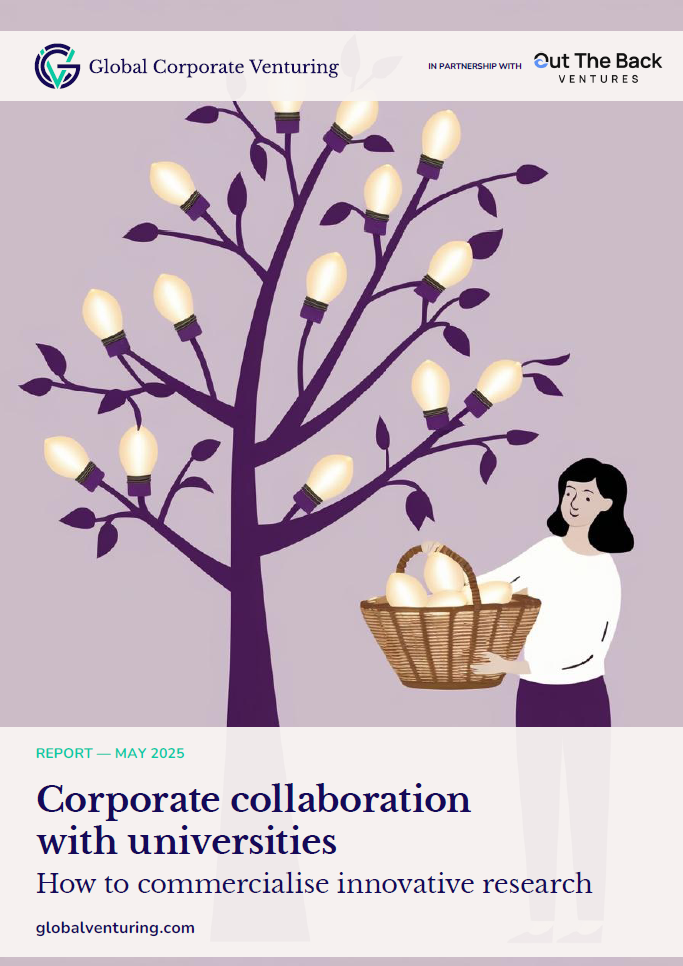From working out the strategic value a corporate can bring to scientific innovation to cultivating the right sources in the university ecosystem, here are tips for investing in academic research.

Corporate investors are increasingly turning to pre-seed investments to tap frontier technologies that will future proof the competitiveness of their businesses.
Much of this innovative technology exists in the labs of academic research institutions. Corporate investors can play a critical role in helping founders to bring their technologies to market by commercially validating their product.
But the process of commercialising academic research has its own challenges. The process often involves building ventures from scratch and negotiating with university technology transfer offices that claim equity in spinouts.
Global University Venturing has launched a report in partnership with Out The Back Ventures, an Australian consulting firm and venture builder specialising in commercialising university IP, to offer advice to corporations on how to partner with universities to commercialise research.

Read the full report including case studies from:
- Anglo American and University of Birmingham
- M Ventures and University of Warwick
- The Heritage Group and University of Kentucky
Here are five tips for corporate investors seeking to invest in academic research.
1. Before investing, work out the strategic value you bring to the spinout
Corporate investors should consider how they can use their know-how to advance scientific innovation. By not understanding the strengths a corporate has, investors can find that their investments bring no measurable results. And the spinout misses out on the chance to validate their product commercially.
2. Consider hiring a venture builder
Academic researchers often have no commercial expertise and lack the skills to run a commercial venture. This is where venture builders with experience of creating companies from the ground up come in handy. This is especially the case for small CVC teams that lack the manpower to build companies.
3. Spend time cultivating contacts with researchers
Some experts advise making contact directly with researchers when sourcing deals. University technology transfer teams, who work in the commercialisation arms of academic research institutions, are often weighed down tackling thousands of licensing agreements. It can save time talking directly with the researcher.
4. Assess how much the university tech transfer office can help
Corporate investors should be aware that university commercialisation arms differ vastly in how much money and labour they can devote the spinout creation. At the same time, some of the less well-known universities with under-resourced commercialisation arms have some of the most cutting-edge research that could turn into commercial ventures. Investors often have to do most of the heavy lifting in the earliest stages of commercialisation.
5. Take advantage of the university benefits like lab space and brand
Investors often balk at the equity stakes that universities take in spinouts. But having an academic institution on the cap table can have its benefits. These include the spinout team being able to take advantage of the resources the university brings including lab space, legal advice and the university brand. They can also act as a bulwark against financial VCs that may try to force through changes at the spinout that harm the venture.
Learn more about how to invest in spinouts by downloading the report here.








